Top 5 trends in modern housing construction
In the ever-evolving world of housing construction, staying ahead of the curve is crucial for homeowners and property developers alike. As we move further into the 21st century, several key trends are shaping the way we build and live in our homes. These trends not only reflect advancements in technology and design but also a growing awareness of environmental and personal well-being. Let's explore the top five trends in modern housing construction that are transforming the industry.
Trend 1: Sustainable and Eco-Friendly Building Practices
As climate change becomes an increasingly pressing issue, sustainable building practices have gained significant traction. Homeowners and developers are prioritizing eco-friendly solutions that minimize environmental impact and promote energy efficiency.
Materials such as bamboo, reclaimed wood, and recycled steel are becoming staples in modern construction. These materials not only reduce waste but also offer durability and aesthetic appeal.
Incorporating energy-efficient technologies, such as solar panels, high-performance windows, and advanced insulation, is essential for reducing a home's carbon footprint and lowering utility costs.
Trend 2: Smart Home Integration
The integration of smart technology into homes has revolutionized the way we interact with our living spaces. From automated lighting to voice-controlled assistants, smart homes offer unparalleled convenience and efficiency.
Features such as smart thermostats, security systems, and appliances are becoming standard in modern homes, allowing homeowners to control various aspects of their environment remotely.
Smart homes not only enhance comfort and security but also contribute to energy savings and increased property value, making them a wise investment for the future.
Trend 3: Open Floor Plans and Flexible Spaces
Open floor plans have become a hallmark of modern design, promoting a sense of spaciousness and fluidity between living areas. This trend reflects a shift towards more informal and connected lifestyles.
Flexible spaces that can adapt to different needs, such as home offices or guest rooms, are increasingly in demand. This adaptability is crucial for accommodating changing family dynamics and work-from-home arrangements.
Open and flexible designs enhance social interaction and functionality, making homes more livable and enjoyable for families and individuals alike.
Trend 4: Prefabrication and Modular Construction
Prefabrication involves constructing building components off-site and assembling them on-site. This method offers numerous advantages, including reduced construction time and improved quality control.
Modular construction can range from simple prefabricated panels to fully assembled modules, providing a wide range of options for customization and scalability.
By streamlining the construction process, prefabrication and modular techniques can significantly reduce costs and timelines, making them an attractive option for developers and homeowners.
Trend 5: Health and Wellness-Oriented Design
With increased awareness of health and wellness, modern homes are being designed to prioritize indoor air quality. This includes the use of non-toxic materials and advanced ventilation systems.
Biophilic design, which incorporates natural elements such as plants and natural light, is gaining popularity for its positive impact on mental and physical well-being.
Homes that promote relaxation, mindfulness, and physical activity are becoming more sought after, reflecting a holistic approach to living environments.
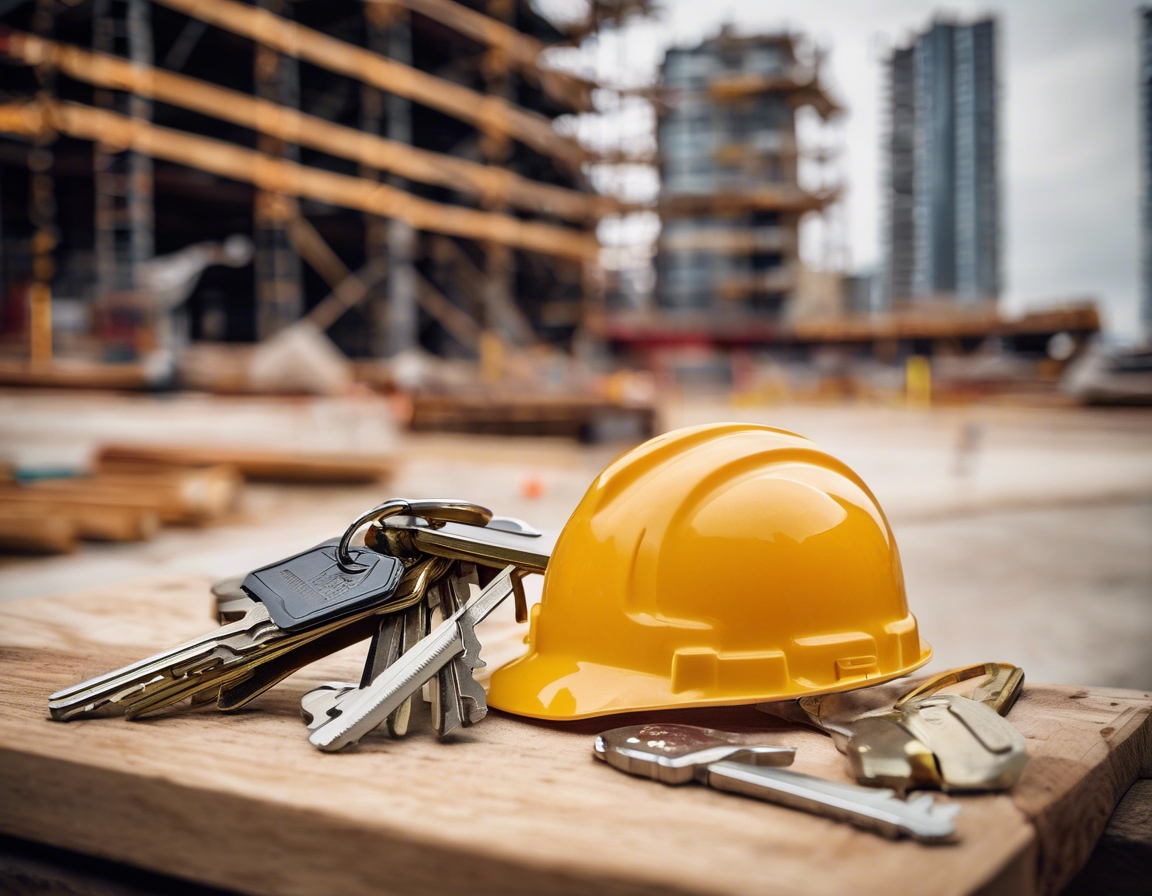
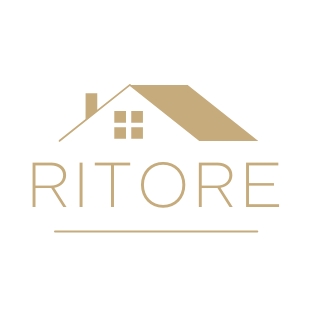
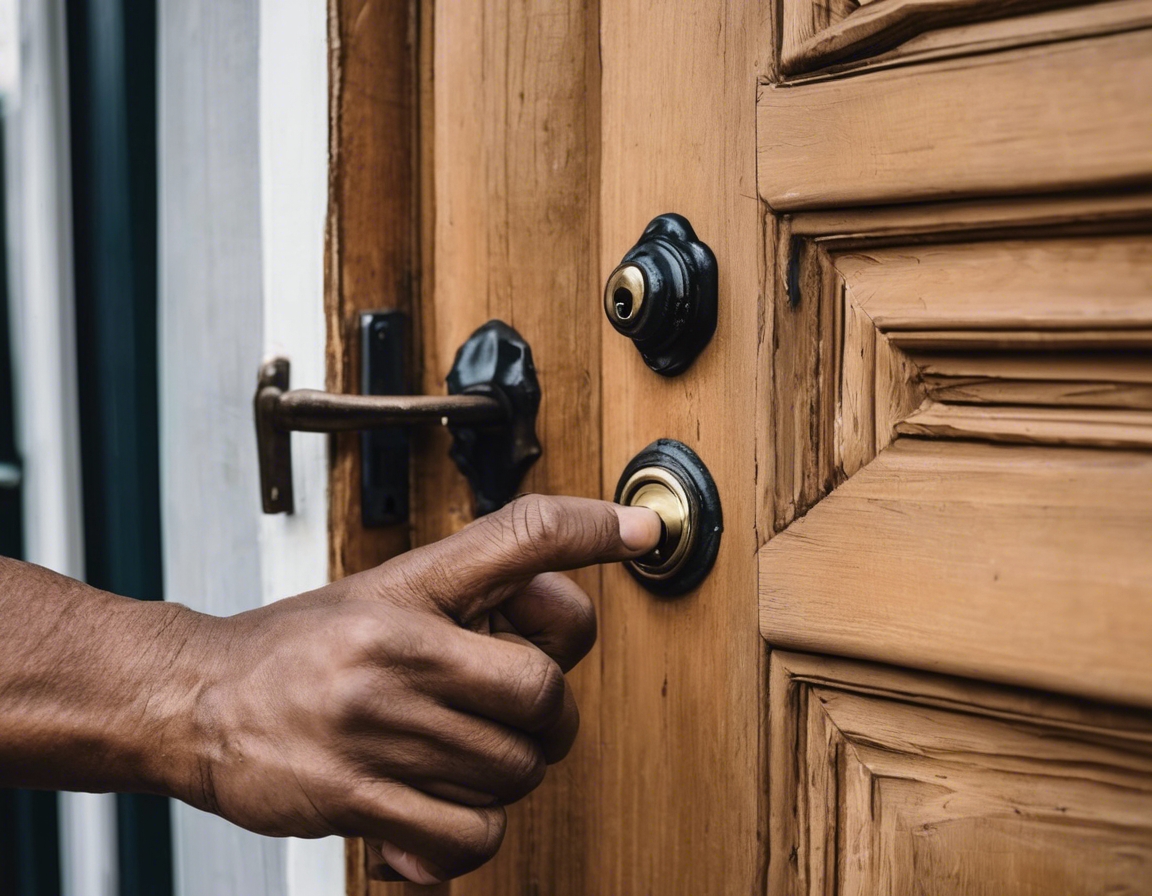

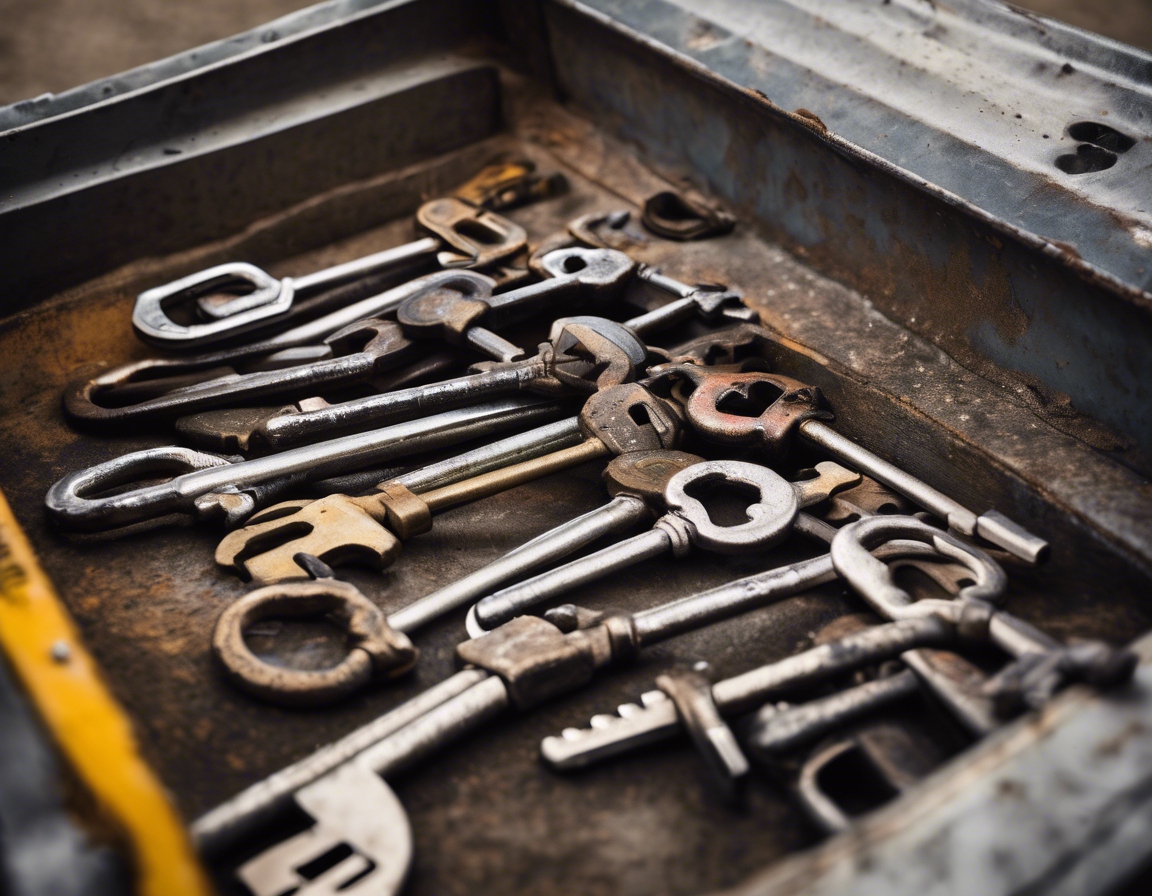
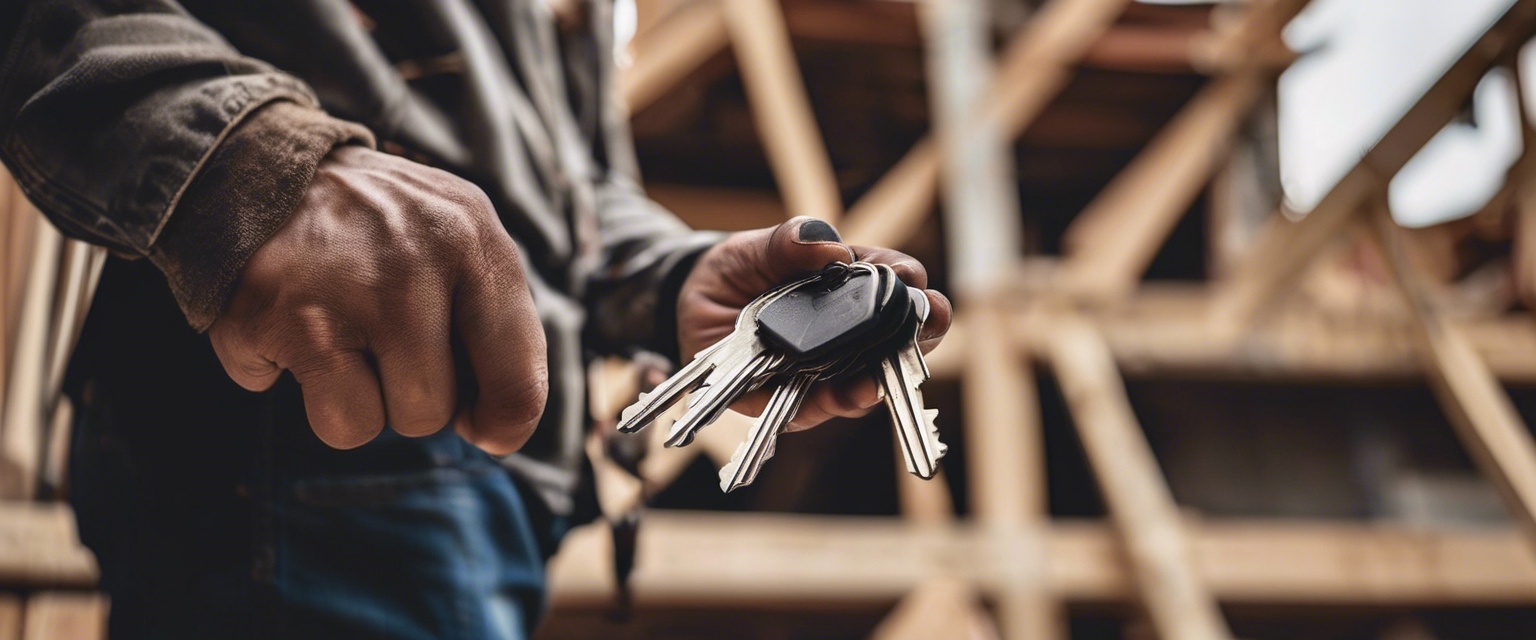
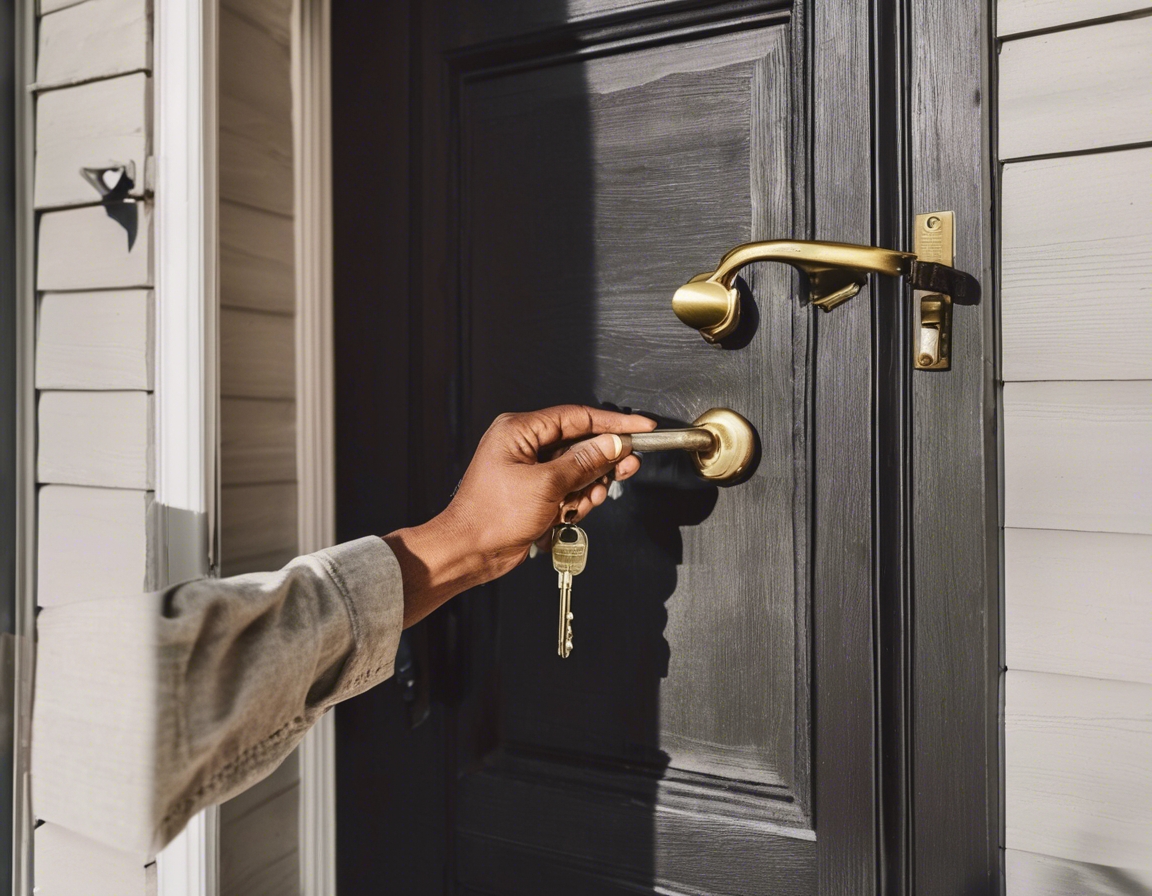
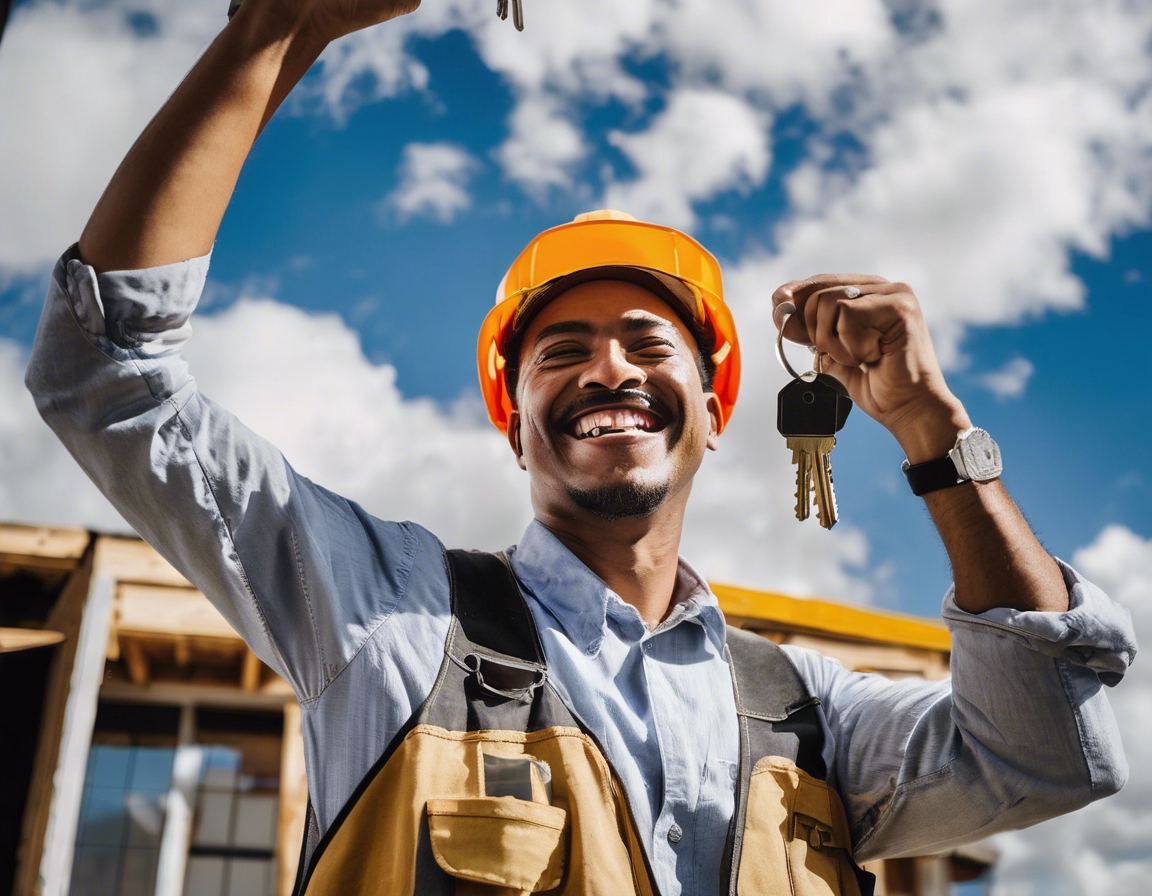
Comments (0)